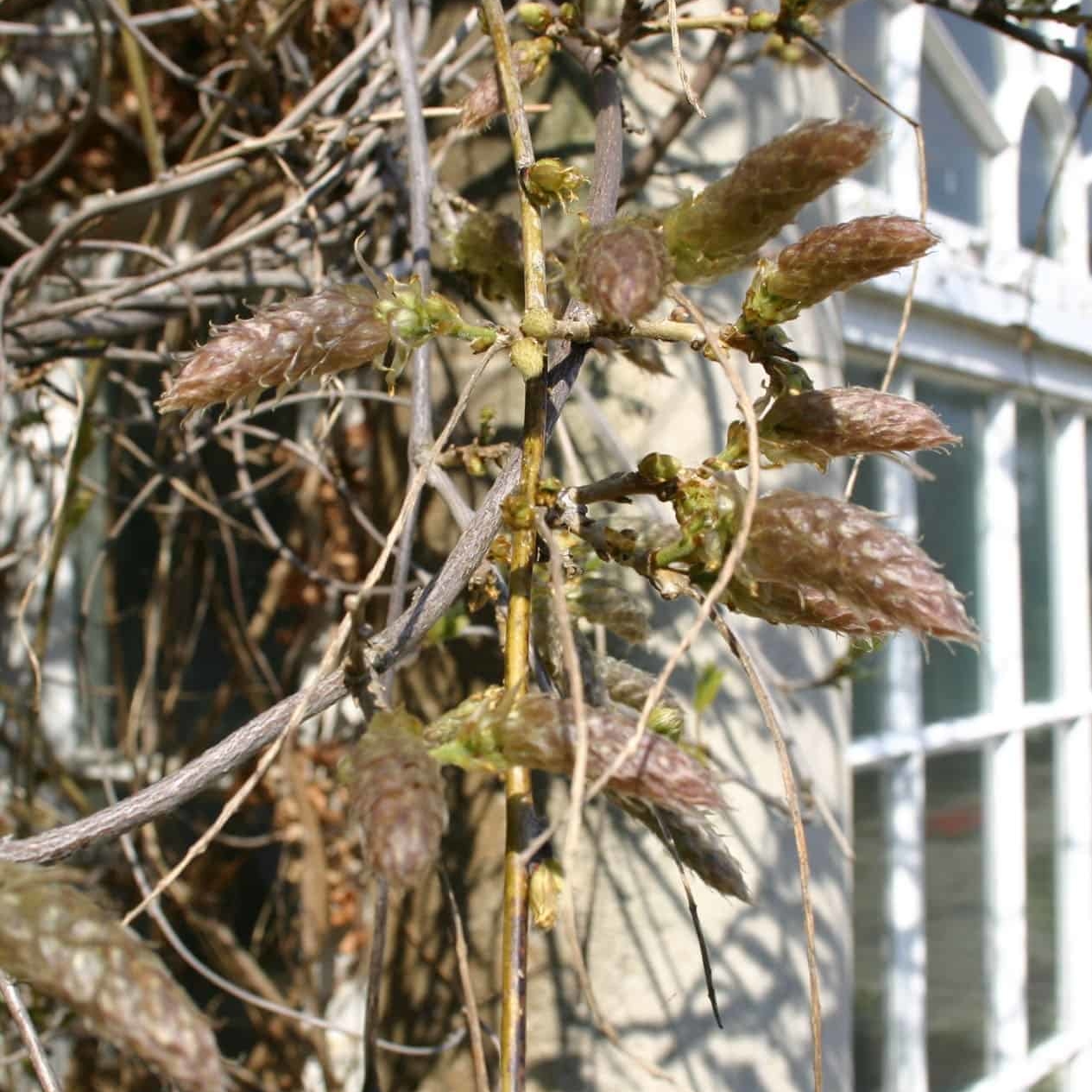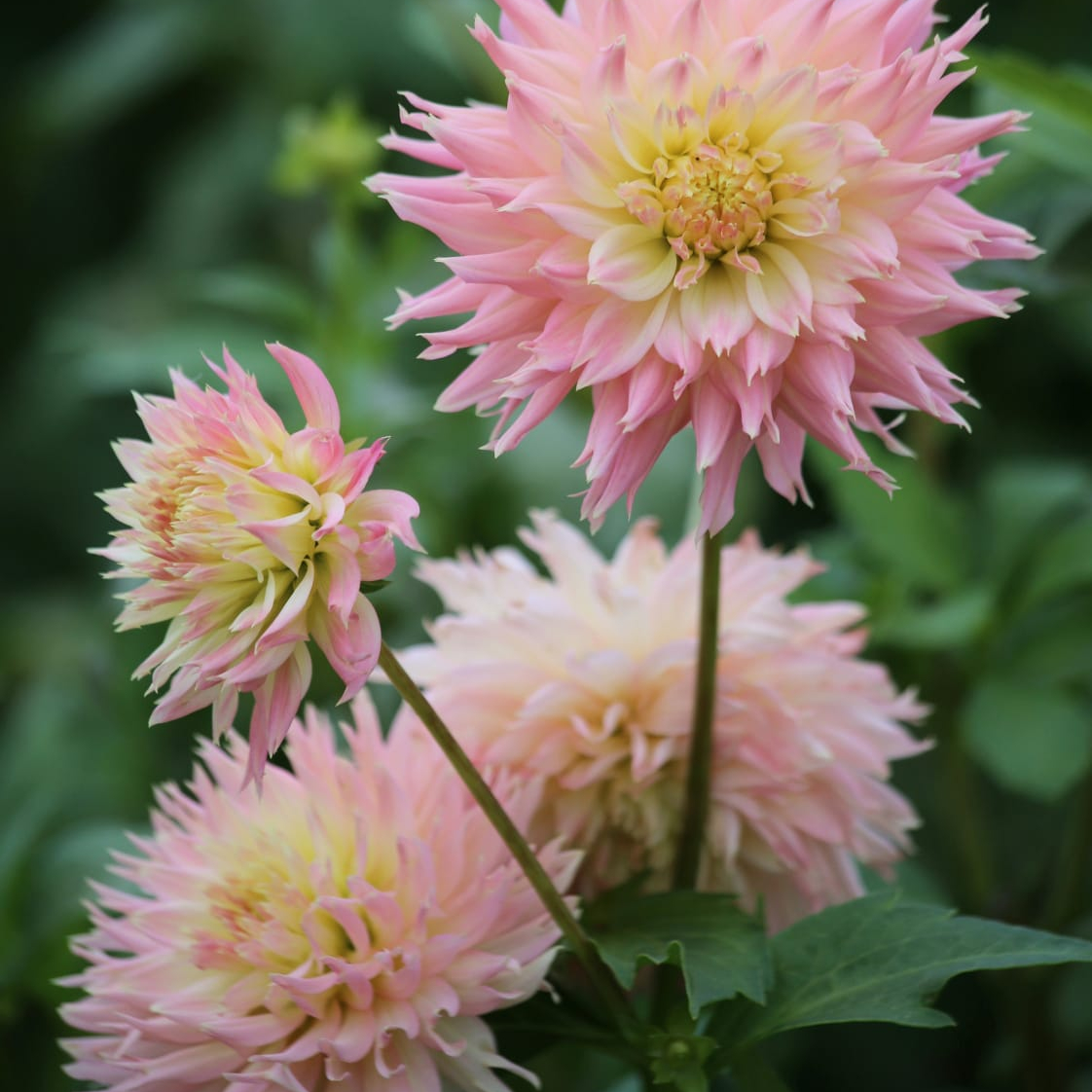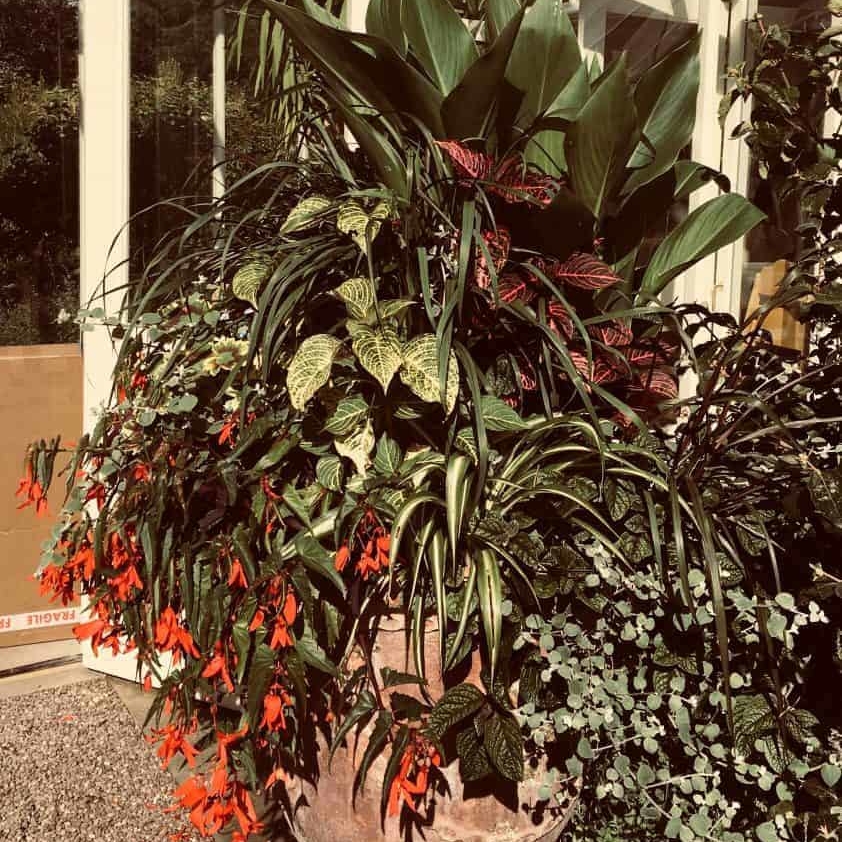Should I reduce the size of my lawn and what should I replace it with?
Reducing the size of your lawn can be beneficial for various reasons, including lower maintenance, water conservation and increased biodiversity. Replacing all or part of your lawn with perennial plants creates a more diverse and interesting landscape.
The key point I want to share (and this may be a brave step for some) is that I’d like you to consider your lawn as a rug and not wall to wall carpet!
Traditionally, large lawns were, and to some extent still are, a sign of wealth. Why? Well, prior to the invention of the lawnmower, if you could afford a gang of people to cut your grass by hand … then you must be pretty wealthy. The whole “look at the size of lawn I can afford to mow” concept, should have disappeared with the Victorian invention of the mower, but the British obsession with owing land still sticks today and a ‘nice lawn’ is still requested at more than 90% of the consultations I visit.
If you are up for a change in mindset, below are some suggestions for plants that thrive in sandy, free-draining soils and those that do well in heavy clay soils. All of these plants are relatively easy to care for, attractive, and beneficial to wildlife.

Perennial Plants for Sandy, Free-Draining Soils
1. Lavandula angustifolia (English Lavender)
– Benefits: Attracts bees and butterflies, fragrant flowers, drought-tolerant.
2. Sedum spectabile (Ice Plant)
– Benefits: Attracts pollinators, succulent foliage, drought-tolerant.
3. Eryngium planum (Sea Holly)
– Benefits: Attracts bees and butterflies, striking blue flowers, drought-tolerant.
4. Achillea millefolium (Yarrow)
– Benefits: Attracts pollinators, fern-like foliage, drought-tolerant.
5. Salvia nemorosa (Wood Sage)
– Benefits: Attracts bees, long blooming period, drought-tolerant.
6. Echinacea purpurea (Purple Coneflower)
– Benefits: Attracts pollinators, medicinal properties, drought-tolerant.
7. Gaillardia (Blanket Flower)
– Benefits: Attracts bees and butterflies, vibrant colors, drought-tolerant.
8. Rudbeckia hirta (Black-eyed Susan)
– Benefits: Attracts pollinators, bright yellow flowers, drought-tolerant.
9. Thymus serpyllum (Creeping Thyme)
– Benefits: Attracts bees, fragrant, good ground cover.
10. Coreopsis verticillata (Threadleaf Coreopsis)
– Benefits: Attracts pollinators, long blooming period, drought-tolerant.

Perennial Plants for Heavy Clay Soils
1. Hemerocallis (Daylily)
– Benefits: Attracts pollinators, low maintenance, tolerates wet conditions.
2. Hosta (Plantain Lily)
– Benefits: Attractive foliage, shade-tolerant, reliable perennial.
3. Astilbe (False Goat’s Beard)
– Benefits: Attracts pollinators, prefers moist conditions, feathery flowers.
4. Ligularia (Leopard Plant)
– Benefits: Attracts pollinators, large leaves, tolerates wet soil.
5. Filipendula ulmaria (Meadowsweet)
– Benefits: Attracts pollinators, prefers moist soil, fragrant flowers.
6. Aster novae-angliae (New England Aster)
– Benefits: Attracts pollinators, fall blooming, tolerates wet soil.
7. Monarda didyma (Bee Balm)
– Benefits: Attracts bees, butterflies, and hummingbirds, aromatic foliage.
8. Eupatorium maculatum (Joe Pye Weed)
– Benefits: Attracts pollinators, tall and striking, prefers moist soil.
9. Alchemilla mollis (Lady’s Mantle)
– Benefits: Attractive foliage, tolerates wet soil, low maintenance.
10. Pulmonaria (Lungwort)
– Benefits: Early flowers for pollinators, shade-tolerant, attractive foliage.

Benefits of reducing the size of your lawn
- Lower Maintenance | Less mowing, fertilizing, and watering.
- Water Conservation | Perennials often require less water than lawns.
- Biodiversity | Supports more wildlife, including pollinators and beneficial insects.
- Aesthetic Variety | Adds colour, texture, and seasonal interest to your garden.
- Sustainability | Reduces the use of pesticides and fertilizers, promoting a healthier environment.
How to replace your lawn with perennials
- Plan the Area – Decide the size and shape of the area you want to convert. Consider the sunlight, soil type, and existing garden features.
- Remove Existing Grass – Use a sod cutter, solarisation, or herbicide to remove the grass.
- Prepare the Soil – Amend the soil as needed. For sandy soil, add organic matter to improve water retention. For clay soil, add compost and sand to improve drainage.
- Plant Selection – Choose plants that are suitable for your soil type and sunlight conditions.
- Planting – Arrange plants according to their mature size and spacing requirements. Plant in groups for a more natural look.
- Mulching – Apply a layer of mulch to retain moisture and suppress weeds.
- Watering – Water the new plants regularly until they are established.
By carefully selecting perennials that thrive in your soil conditions and reducing your lawn size, you can create a beautiful, low-maintenance garden that supports local wildlife and adds visual interest to your landscape.
Article created July 2024.
Lee Bestall
Founder & Design Director at Bestall & Co Landscape Design, a practice recognised as one of the best garden design companies in the North & Midlands of England. Lee's objective in life is to facilitate the design and build of fabulous gardens and sculpt beautiful landscapes which enhance the natural beauty of the world, as well as transforming the world his clients live in. "My personal mission is to design my own park or village based around a central courtyard garden. My goal in business is to create a nationwide design consultancy which can support my dream." Read more >> or Connect with Lee on LinkedIn >>



